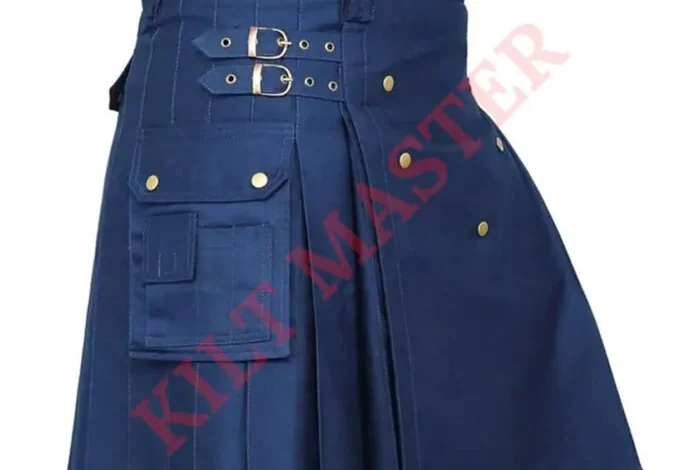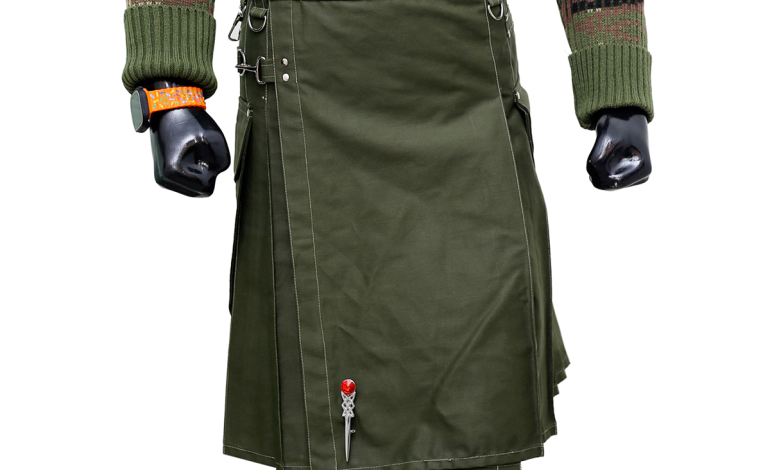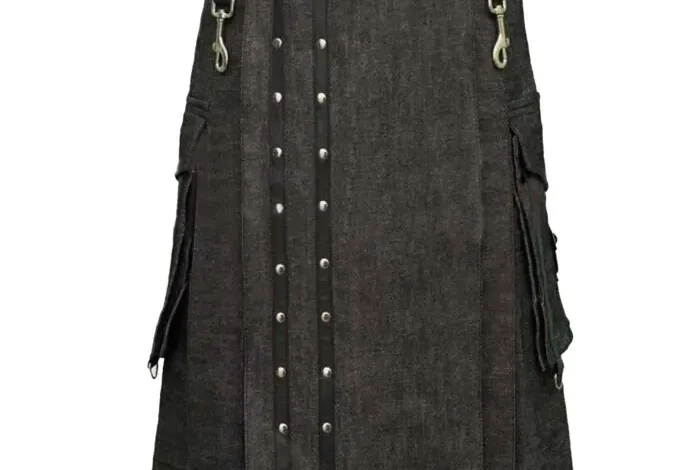
Crafting a Kilt: The Skill and Precision Behind Tartan Tailoring
Crafting a Kilt The Skill and Precision Behind Tartan Tailoring are more than just a piece of clothing; they are a symbol of tradition, craftsmanship, and identity. Whether it’s a traditional tartan kilt, a modern tactical kilt, a sports kilt, or a utility kilt, each type represents a unique blend of skill and precision. In this blog, we’ll explore the intricate process of kilt-making, highlighting the expertise required to craft these iconic garments.
The Art of Tartan Kilts
History and Tradition
Tartan kilts have a rich history dating back to the 16th century in Scotland. Each tartan pattern is unique, representing different clans, regions, and families. The process of creating a tartan kilt is steep in tradition, with patterns pass down through generations.
The Weaving Process
The creation of a tartan kilt begins with the weaving of the tartan fabric. This process involves:
- Selecting the Yarn: High-quality wool is chosen for its durability and appearance.
- Setting the Loom: The loom is set up with the specific tartan pattern, requiring precision and attention to detail.
- Weaving the Fabric: The weaver meticulously follows the pattern, ensuring the correct alignment of colors and stripes.
Tailoring the Kilt
Once the fabric is woven, the tailoring process begins:
- Measuring and Cutting: Accurate measurements are taken to ensure a perfect fit. The fabric is then carefully cut according to these measurements.
- Pleating: Pleats are a defining feature of tartan kilts. Each pleat is hand-sewn, requiring skill and patience to ensure uniformity.
- Finishing Touches: The kilt is finishe with details like waistbands, buckles, and hems, all crafted with precision.
Tactical Kilts: Modern Utility with Traditional Flair
Function Meets Fashion
Tactical kilts are design for functionality while maintaining a nod to traditional kilt aesthetics. These kilts are popular among those who need durable and practical clothing for outdoor activities.
Materials and Design
- Sturdy Fabrics: Tactical kilts are often made from heavy-duty materials like cotton or polyester blends.
- Utility Features: They include features like cargo pockets, belt loops, and reinforced stitching for added functionality.
- Customization: Many tactical kilts offer customization options to suit the wearer’s specific needs.
Sports Kilts: Comfort and Mobility
Designed for Active Lifestyles
Sports kilts are tailore for comfort and mobility, making them ideal for athletes and active individuals. They offer a modern twist on the traditional kilt, prioritizing ease of movement.
Key Features
- Lightweight Fabrics: Made from breathable materials to ensure comfort during physical activities.
- Adjustable Waistbands: Elastic or adjustable waistbands provide a secure fit.
- Flexible Design: Sports kilts are design with fewer pleats and a streamline silhouette to facilitate movement.
Utility Kilts: Practicality in Everyday Wear
Versatile and Functional
Utility kilts are perfect for those who appreciate the kilt’s style but need practical features for everyday wear. These kilts combine the traditional kilt’s look with modern utility.
Practical Design Elements
- Multiple Pockets: Utility kilts feature numerous pockets, making them ideal for carrying tools and personal items.
- Durable Construction: Constructed from robust fabrics to withstand daily wear and tear.
- Functional Accessories: Includes elements like D-rings and straps for added versatility.
The Precision Behind Kilt Making
Attention to Detail
Creating any type of kilt requires meticulous attention to detail. From the selection of materials to the final stitches, every step is performe with precision to ensure the kilt meets high standards of quality.
Skilled Artisans
Crafting a Kilt The Skill and Precision Behind Tartan Tailoringmaking is carrie out by skille artisans who have honed their techniques over years. Their expertise ensures that each kilt is not only a piece of clothing but a work of art.
Customization and Personalization
Many kilt-makers offer customization options, allowing customers to choose specific fabrics, patterns, and features. This personalized approach ensures that each kilt is unique and tailored to the wearer’s preferences.
Conclusion
Crafting a kilt. it’s a traditional tartan kilt, a tactical kilt, a sports kilt, or a utility kilt, is a process that combines historical craftsmanship with modern techniques. The skill and precision involved in kilt-making ensure that these garments are more than just clothing. They are a testament to tradition, functionality, and style. Embrace the heritage and innovation of kilt-making by choosing a kilt that suits your lifestyle and honors this timeless craft.






